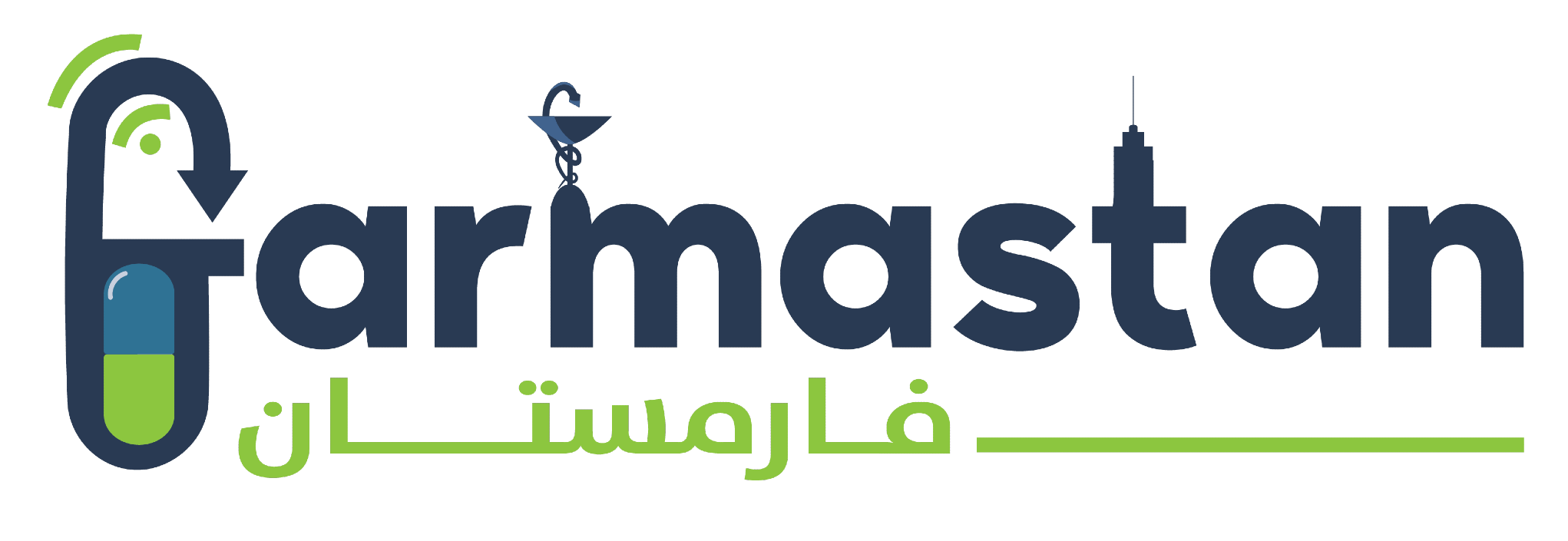How to Design Fabric Structures
[ad_1]
A fabric structures is membrane/ or fabric under prestress ( tension ) stage. A structural elements and supporting system required to maintain the tension form. Two shapes are evident in tension fabric structures.
A. Anticlastic structures with two double in opposite curvature. These type of structuresShape carried many free tension fabric forms. Example of pure tensile fabric structures.
B. Synclastic structures with two double curvatures in the same direction. Example of Air supported structures.
Anticlastic curves take a wide variety of free forms but are commonly made up from some basic shapes. The fabric structures form are cone, arched vault and the hypar.
The Cone
– Single cone, multiples cones, fixed edge at the parameter of cone, catenary edges/ or cables edge at the parameter of the cone, variations in overall peak heights, or inverted cone (cone upside down).
The Arched Vault
– Parallel arches or crossed arches.
The Hyper –
– Two opposing high points and two opposing low points.
Fabric structures give natural diffuse light but with reduced heat load. The high reflectivity of the white membrane fabric is very efficient. An very good alternative to polycarbonate or glass as a roof glazingsystem.
Light penetrates into tensile fabric membrane with natural light and at night the artificial light provide an ambience of great appeal to many people.
In day time the light transmission is typically 5% – 20%, it is just sufficient to eliminate or greatly reduce the need for artificial lighting in day time. With little or no artificial lighting a heat load is reduced. Absorption of solar energy in the fabric structures is typically 4% to 17%.
With colored fabrics, in particularly dark colored fabric membranes, the absorption of heat is very high and the re?radiated effect can be strong and therefore unpleasant. For this reason white should be chosen for enclosed or shade structures in tensile fabric structures application.
Fabric structures offer both the roof and the cladding in one element, the tensile membrane structures provides all of this in one structural element. Therefore the structural element is important for structural appearance: –
(a) Seam and Curve in the tensile fabric structures reflect tension forces hence create eye catching character.
(b) Structure, lighting, fire sprinkle and other expose elements in the space compliment each other.
Some of the practical advantages of Tension Fabric Structures are:
(c) low maintenance compare to glass;
(d) factory manufacture of the membrane minimizing site interruptions;
(e) Membrane factory welded into single weatherproof skin eliminating expansion joints;
(f) large span with more coverage;
(g) Designed for rapid construction.
REINFORCED FABRIC MEMBRANE TYPES
Two fabric membrane types are commonly used in tension fabric structures:
I PVDF/PVC Coated Polyester
(Polyvinyl DeneFlouride)
II PTFE Coated Fiberglass
(PolyTetraFluoroEthylene)
I TENSILE FABRIC STRUCTURES – PVC COATED POLYESTER
This material has been widely used for fabric structures for over twenty years. The material is easily handled and welded using fabric structures high frequency welders. International convention has defined four grades of fabric based on mechanical properties, weights and strengths increase up to grade IV. The project engineers usually make fabric selection after shape analysis. The grading and types depend on fabric manufacturers.
There are several types of PVC fabrics classified according to surface coatings see below.
The PVC coated polyester fabrics offer significant cost advantages over PTFE coated Fiberglass fabrics.
The life span of a PVC coated polyester architectural fabric should exceed fifteen years.
(a) Acrylic Typically used where the fabric is colored. This type of fabric does not have as good properties for self cleaning or for life expectancy as compared with PVDF or PTFE fabrics. Acrylic coated can be welded conventionally without any surface treatment. Warranty 3-5 years and for smaller structure.
(b) PVDF (Polyvinyl DeneFlouride) coating This coating has excellent theoretical properties for long term clean ability and protects the PVC and polyester. All architectural fabric should be specified with antiwick base fabrics. Wicking is the problem where water creeps internally along the thread lines of the fabric leading to unsightly staining of the fabric and possible de lamination. Warranty for 7-12 years depend type and made of fabric.
II TENSILE FABRIC STRUCTURES – PTFE (PolyTetraFluoroEthylene ) COATED FIBREGLASS
PTFE is chemically inert and offers excellent self cleaning properties, fire resistance and life span life spans typically exceed twenty five years.
PTFE coated Fiberglass is very expensive but is competitive with glass. The main problem with PTFE is that it requires very careful handling during the construction phase. The installation of PTFE coated Fiberglass fabric requires much more care and more complex detailing than the PVC coated polyester fabrics.
The fabric for tension fabric structures is not weldable with conventional high frequency equipment but uses a special iron. Particular properties of PTFE allow it to be welded and unwelded using the same machinery. This allows damaged panels to be repaired on site.
How to choose Tensile Fabric Structures between PVC/Polyester and Fiberglass fabrics
There are several factors that need to be considered when building a Tension Fabric Structures:
1 Budget
2 Long term project economics
3 Function
4 Fire rating
5 Lighting requirements
7 Aesthetics
4 COST CONSIDERATIONS FOR FABRIC STRUCTURES
The most effective structures have the following characteristics:
1) large spans with minimum number of corners and edges which min membrane plates corners;
2) Symmetry or module;
3) Edge detailing, structural support and finishes;
4) Complex design and heavy engineering work on very difficult design.

Leave a Reply
You must be logged in to post a comment.